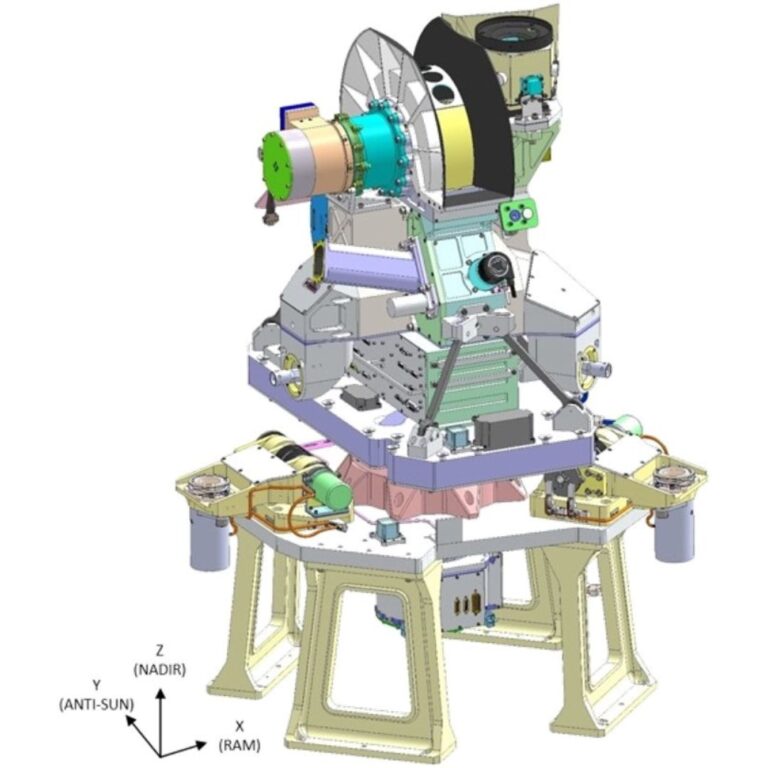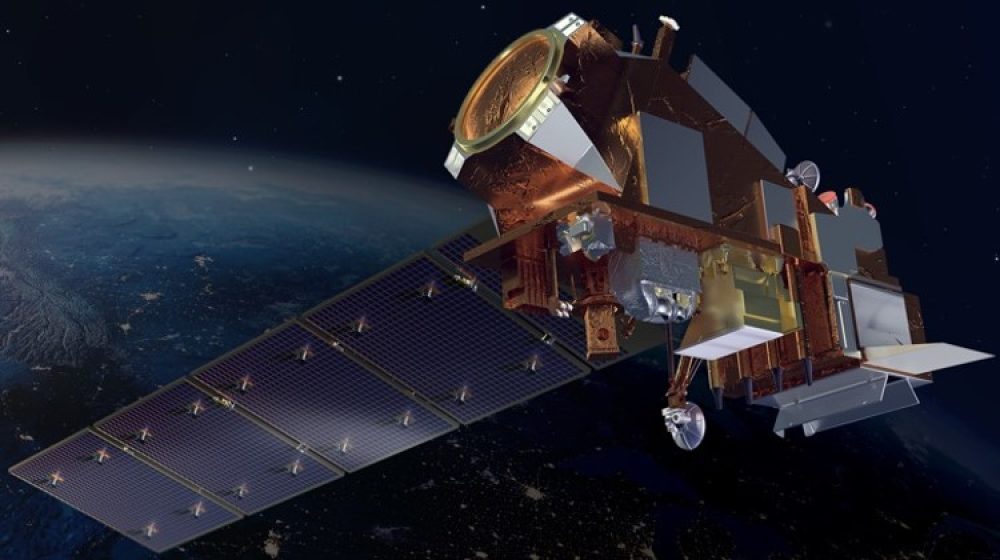Libera
Libera
The Libera NASA mission will record how much energy leaves our planet’s atmosphere on a day-by-day basis providing crucial information about how Earth’s climate is evolving over time. The mission will maintain decades long data record of observation from NASA’s suite of Clouds and the Earth’s Radiant Energy System (CERES) instruments. In Roman mythology, Libera is the daughter of the goddess Ceres. Libera will fly on the NOAA's Joint Polar Satellite System (JPSS-3) scheduled to launch in 2027.
Libera is comprised of four independent, compact co-aligned radiometers, each with a different spectral responsivity, mounted onto the elevation platform (Box E1). Each telescope images a 1.12° x 2.24° hexagonal ground patch onto a high-speed absolute electrical substitution radiometer (ESR) that absorbs radiation with vertically aligned carbon nanotubes (VACNT). The radiometers, through the motion of an elevation scan mechanism, view the Earth (from limb-to-limb), deep space, and internal calibration targets. Libera is mounted on an azimuth rotation platform that allows the axis of the elevation scanning to be rotated continuously from cross-track to along-track. The instrument block diagram (Box E-2) summarizes key instrument parameters.
The Libera ESR detectors, its innovative on-orbit calibrators, and the extensive calibration campaign, will achieve unprecedented levels of accuracy and long-term stability (Table D-2) that will advance our understanding of Earth’s radiative energy budget, enhance our ability to place prior measurements on a common calibration scale, and in the future, reduce the risk of potential gaps in the data record. Moreover, the technological development of the Libera ESRs will be implemented in two-dimensional arrays, increasing spatial and spectral information while facilitating deployment on much smaller platforms.
The elevation scanning mechanism can slew the radiometers 340˚. This allows the radiometers to scan across the full limb of the Earth to obtain radiance from limb-to-limb, view deep space, and view internal calibration targets. The azimuth rotation mechanism rotates the entire instrument in the azimuth direction. This allows the plane of the elevation scanning mechanism to be rotated from cross-track to along-track, or angles in between.
Science Target:
Science Focus:
Instrument Type:
Instrument Site:



